Rishabh Pant to captain India A in comeback series after foot fracture
Rishabh Pant is set to make a competitive return to cricket — and the Board of Control for Cricket in India (BCCI) has entrusted him with a leadership role for that comeback. The wicketkeeper-batter will captain India A in two four-day red-ball matches against South Africa A in Bengaluru, a stepping stone ahead of India’s home Test series against South Africa.
Why Rishabh Pant’s return matters
Rishabh Pant is not just an explosive batsman; he’s been a regular fixture in India’s plans across formats for years. His return from injury affects two things: India’s depth behind the stumps and the balance of leadership in the squad. Giving him the India A captaincy signals the selectors’ faith in his fitness and match-readiness, and it provides Pant with important red-ball practice before the senior Tests.
The injury and recovery timeline
Pant was sidelined after sustaining a foot fracture during India’s Test in England in July. He missed subsequent fixtures — including the home Tests against the West Indies and some limited-overs tours — as he completed rehabilitation and recovery. The medical and selection teams monitored his progress before clearing him for competitive action with India A.
The comeback series: dates, venue and context
The two four-day matches are scheduled at the BCCI Centre of Excellence in Bengaluru. The first match starts on October 30, with the second game beginning on November 6. These fixtures are effectively a final preparation ground for players on the fringes or those returning from injury — and for Pant they’re a platform to regain rhythm behind the stumps and with the bat. The senior India vs South Africa Test series is scheduled to begin soon after, with Tests slated in mid-November.
What the India A captaincy means for Rishabh Pant’s international prospects
Captaining India A offers Pant a low-pressure but competitive environment to test match fitness and decision-making. Match practice in four-day red-ball cricket is closest to Test conditions, so the series is an ideal bridge back into the national side. If Pant performs well — both with the bat and in wicketkeeping duties — he strengthens his case for selection in the upcoming Test XI. The selectors’ decision to hand him the armband shows their intent to fast-track his return while keeping him under a watchful, but supportive, environment.
Leadership as a part of recovery
Recovery from a long injury is as much psychological as it is physical. Captaining gives Pant a leadership responsibility that can accelerate match-readiness: managing bowlers, reading conditions, and setting fields all encourage sharper on-field focus. For a player known for instinctive cricket, controlled leadership work can be stabilizing ahead of senior Tests.
The India A squad and support cast
The India A squad mixes young prospects and players with Test experience. Sai Sudharsan has been named vice-captain, and the squad includes multiple wicketkeeping and batting options so Rishabh Pant needn’t be overburdened. The setup ensures that he can rotate keeping duties if the team management wants to manage his workload. Playing alongside Test-ready fast bowlers and spinners will help Pant re-adapt to match intensity.
What fans and pundits should watch for
- Batting minutes and shot selection: After a long layoff, the volume and quality of runs Pant scores — and how he times his stroke-making — will be the first real indicator of form.
- Wicketkeeping mobility: Foot and lower-limb fitness matter hugely for keeping. Observers will look at his footwork, speed to the ball, and ability to squat and rise repeatedly without discomfort.
- Leadership instincts: How he marshals the bowling attack and adapts fields in different sessions will be closely scrutinized; captaining in red-ball cricket tests tactical maturity.
- Workload management: Whether Pant keeps throughout or shares the gloves at any point will signal how cautiously the management is managing his comeback.
Risks and realistic expectations
Comebacks often come with caveats. Even if cleared to play, match intensity can expose lingering niggles. The BCCI and support staff will likely manage his minutes and gradually build his workload to avoid re-injury. Fans should temper expectations: this series is about rebuilding form and confidence rather than instant match-winning fireworks.
Why this matters for India ahead of South Africa Tests
India’s wicketkeeping and middle-order balance are strategic assets. If Pant returns to form quickly, India gains a dynamic wicketkeeper-batsman who can turn matches with aggressive batting and sharp keeping. Conversely, if the team prefers a more conservative route, the India A series gives the management a chance to evaluate alternatives in match situations. In short, Pant’s performance here could influence final Test combinations.
Final takeaways: what to expect from Rishabh Pant’s comeback
Rishabh Pant’s India A captaincy is a positive sign that the BCCI believes in his recovery and leadership. Expect measured use of his skills, emphasis on fitness markers — especially foot mobility — and a focus on regaining red-ball temperament. For fans, the next few weeks will be about observing his adaptation to match intensity rather than demanding instant match-winning heroics.
This comeback series is more than a return to the field; it’s a calibrated step towards re-establishing Rishabh Pant as a key figure in India’s plans. If he takes to the games well, the selectors will have greater clarity ahead of the senior Tests against South Africa.
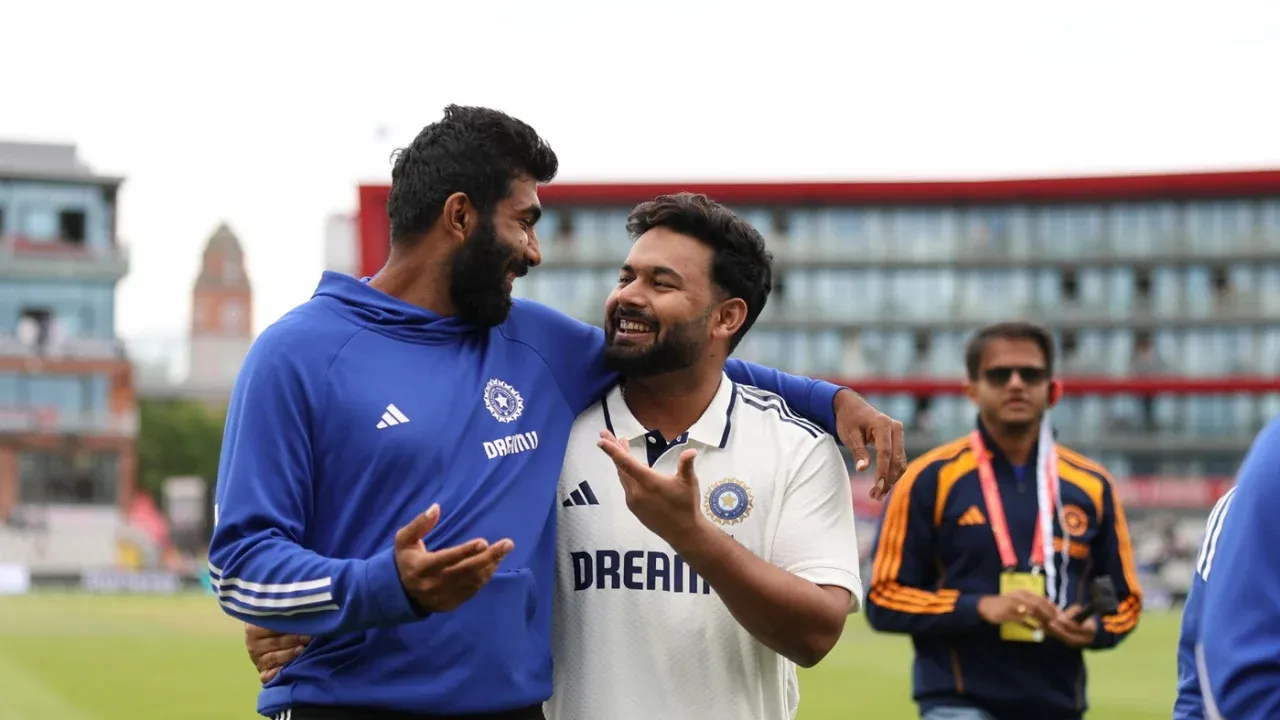
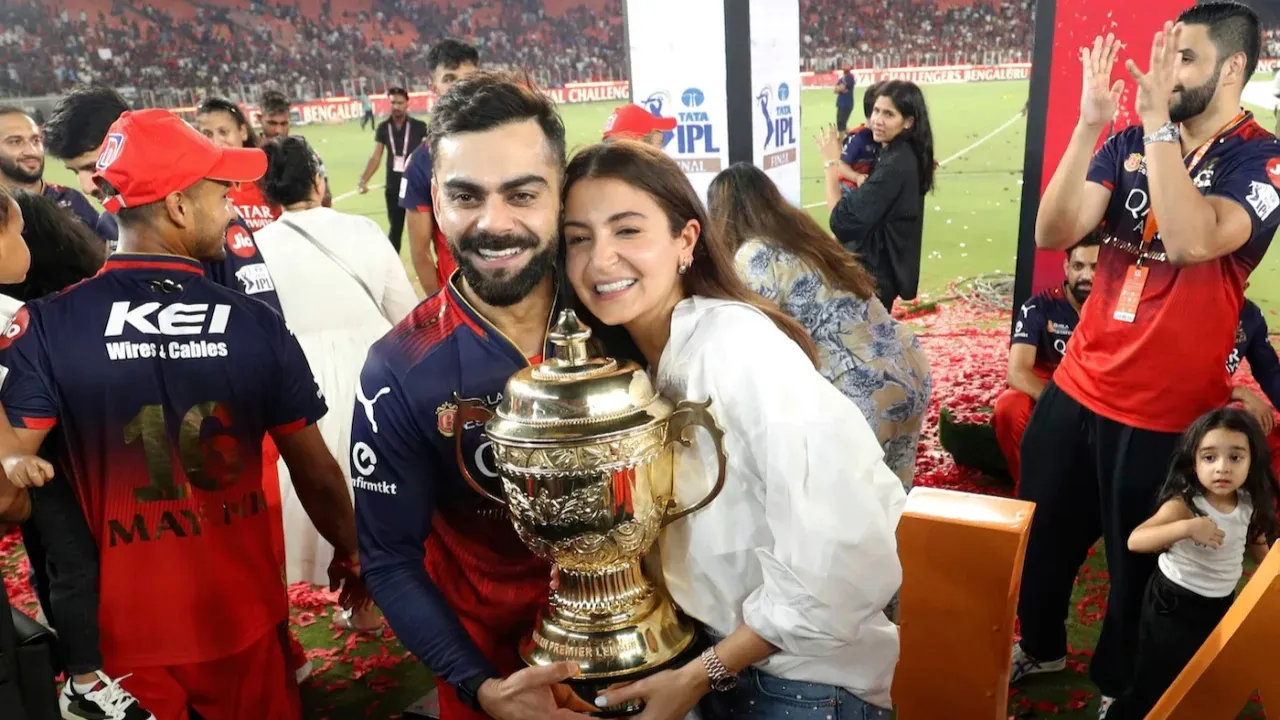
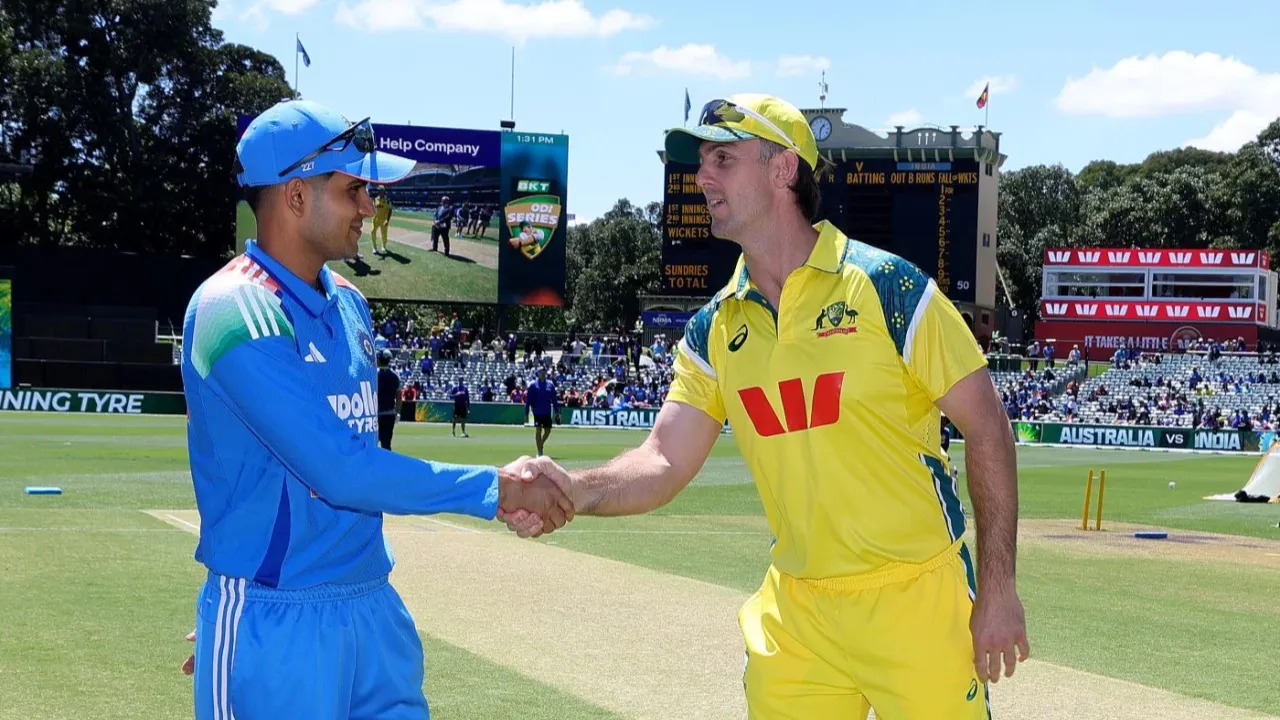
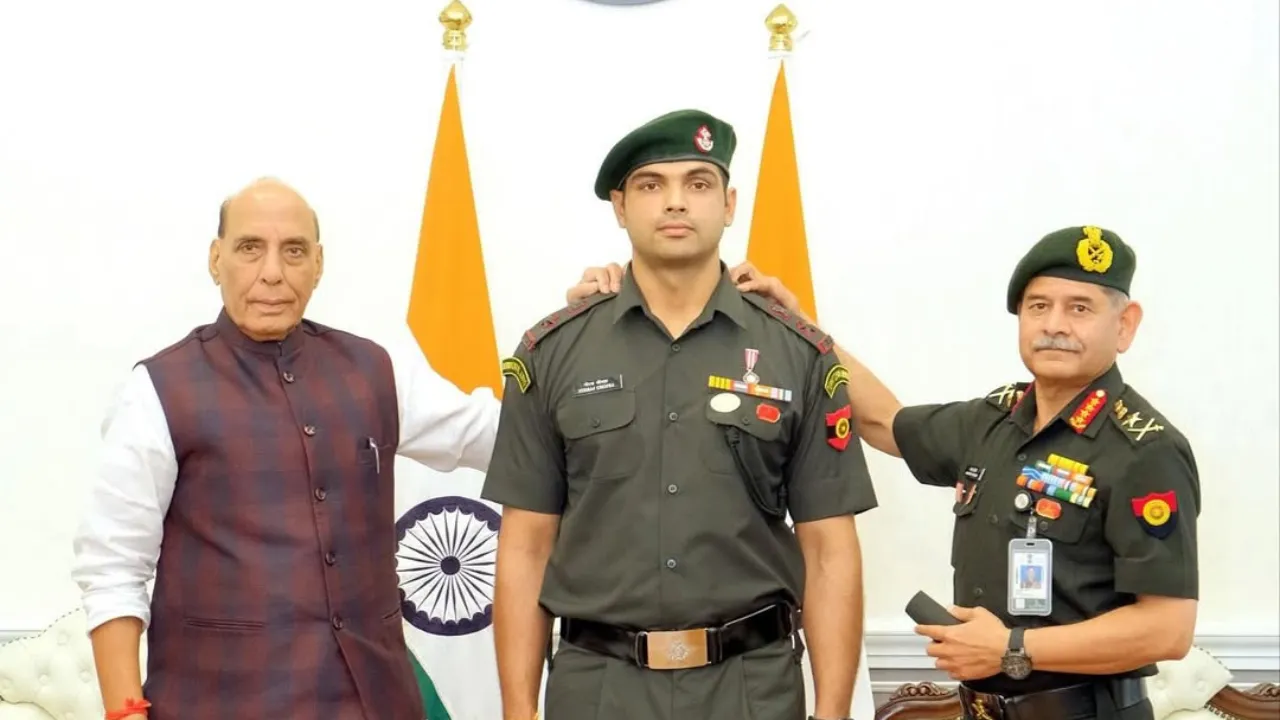


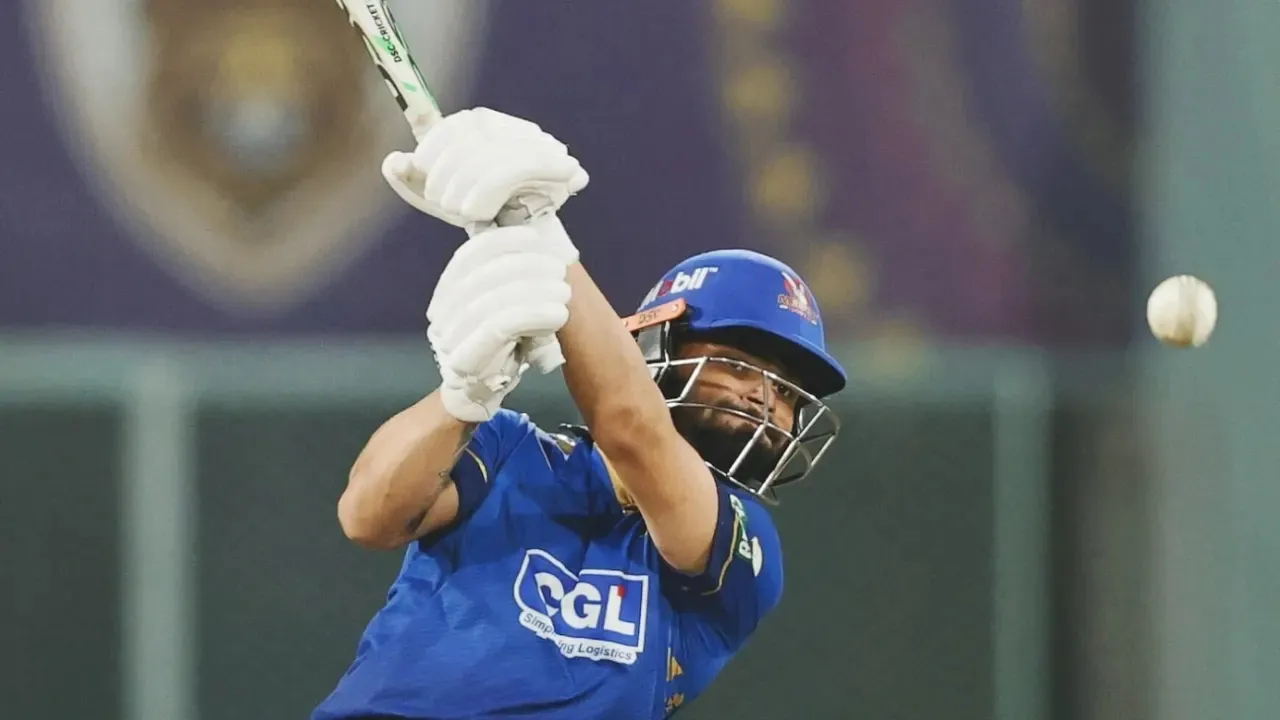
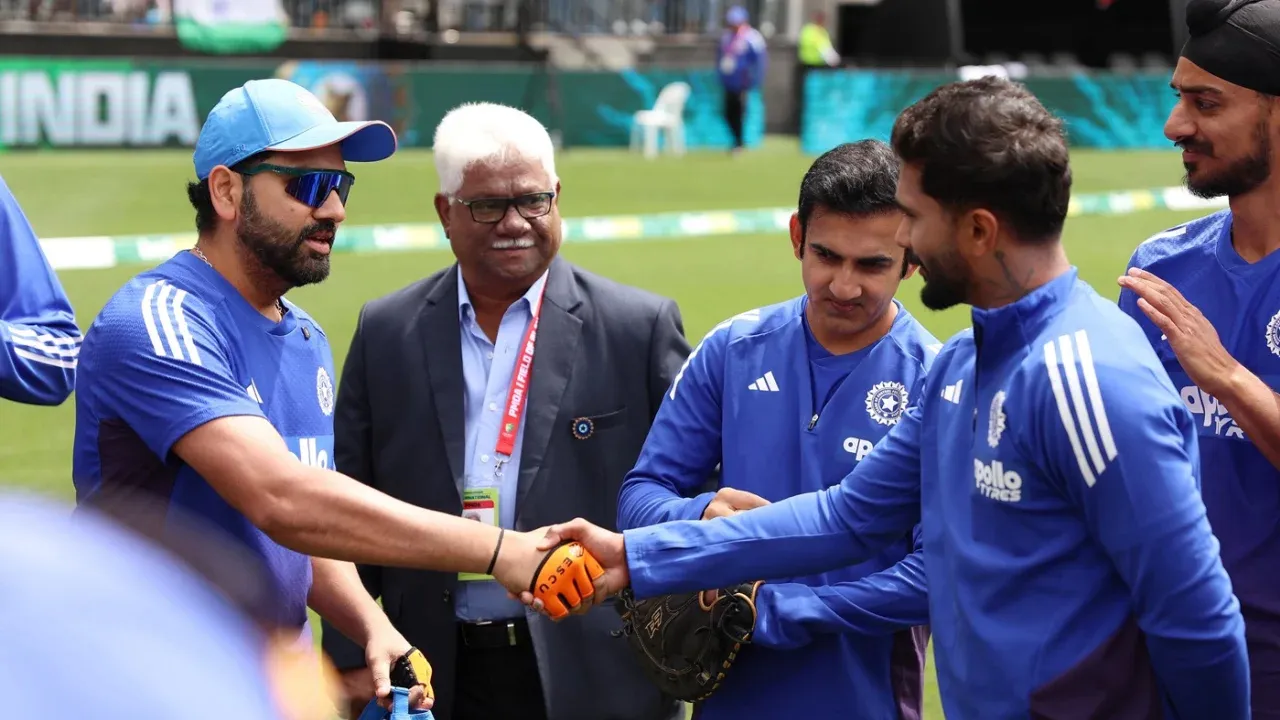
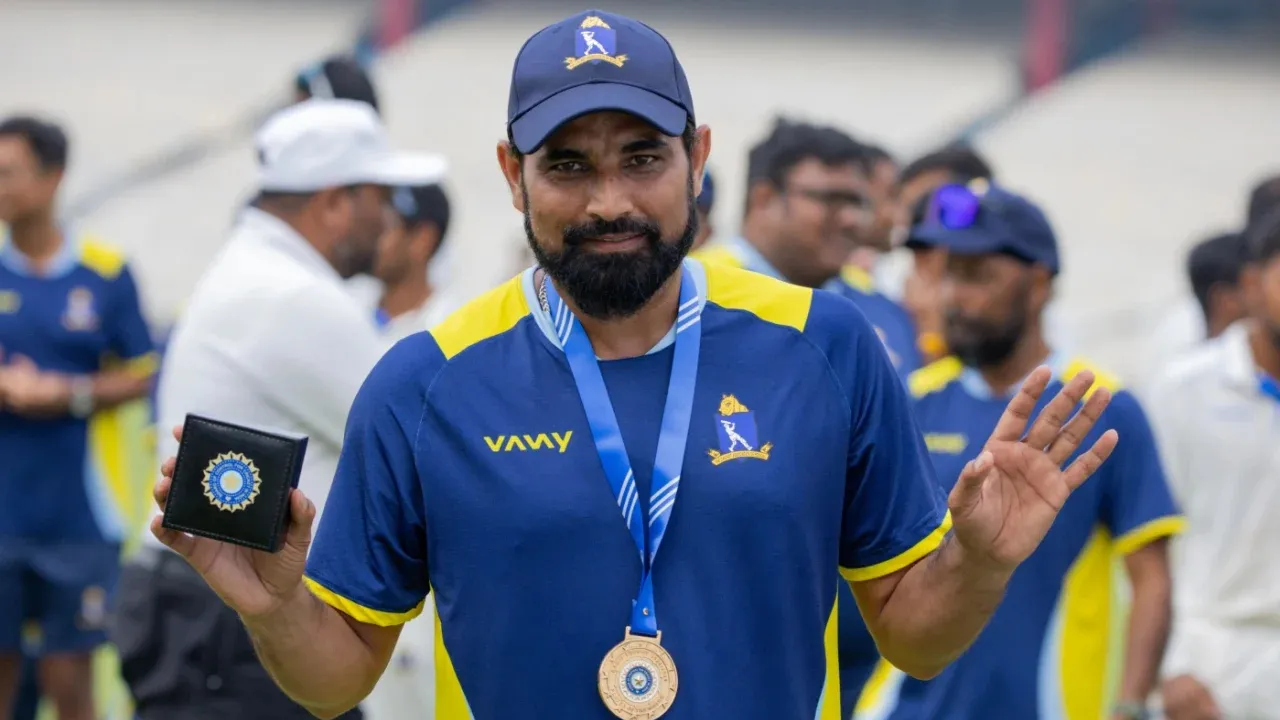
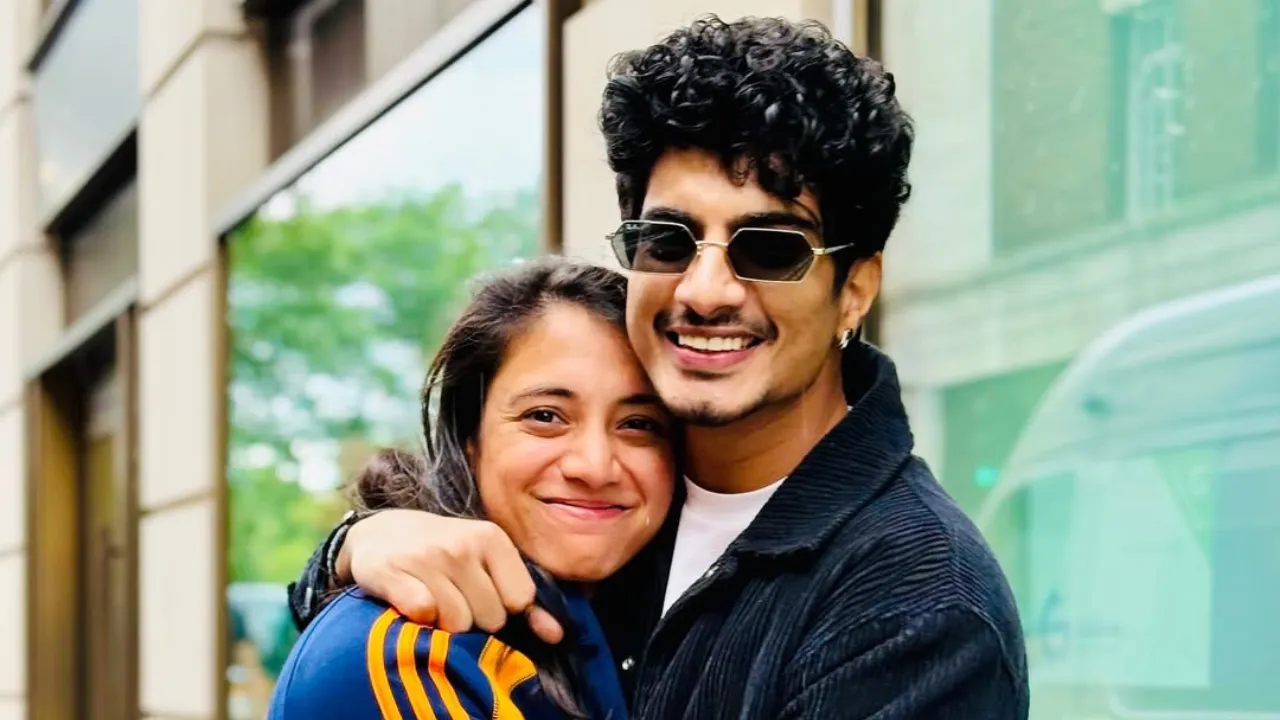
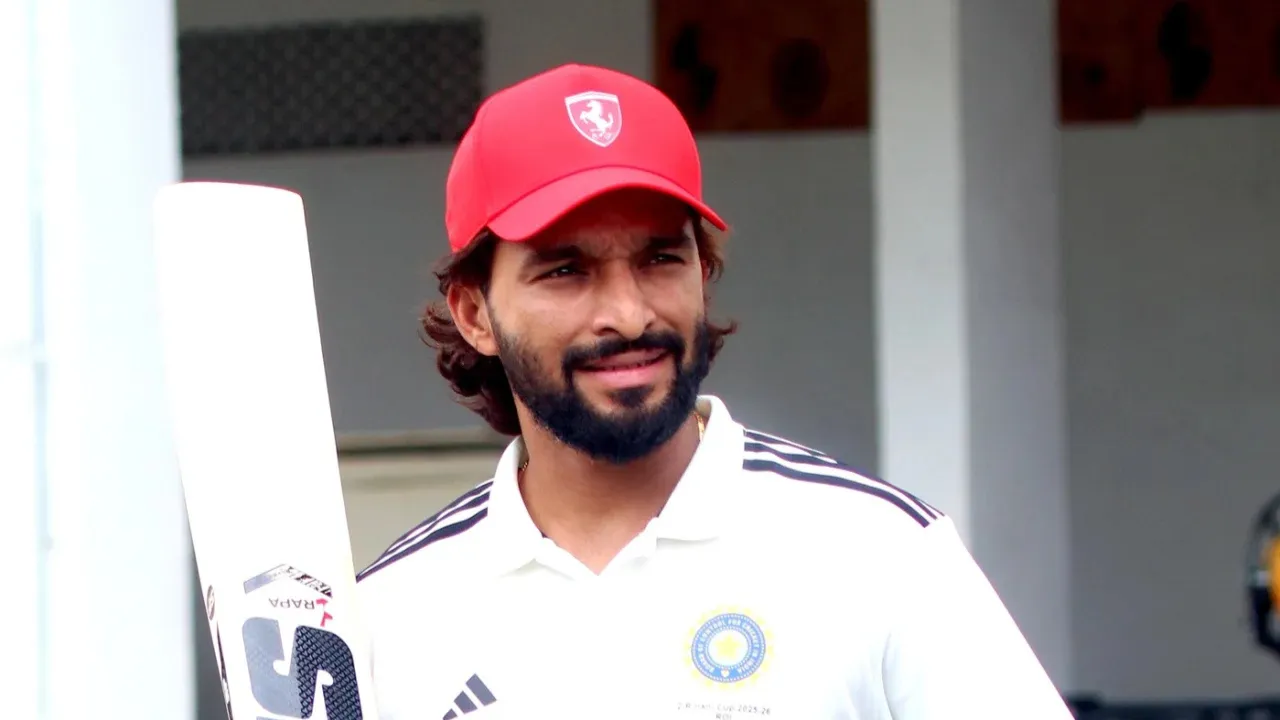

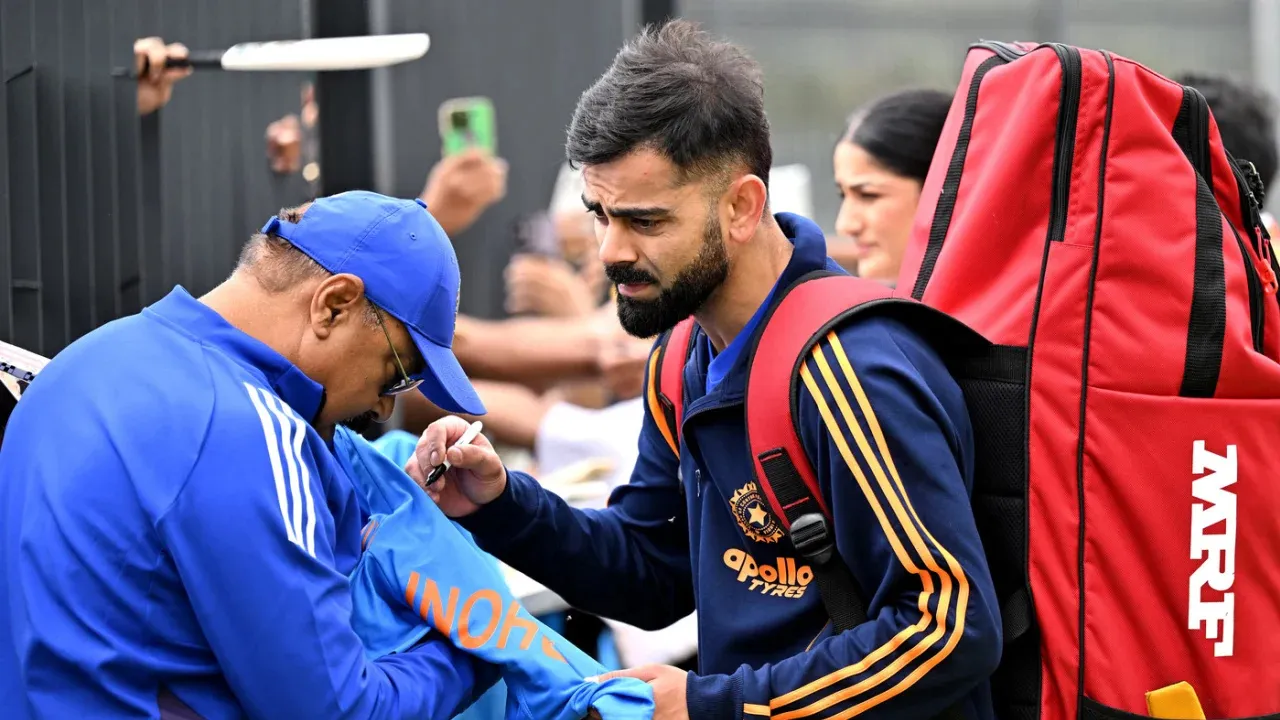
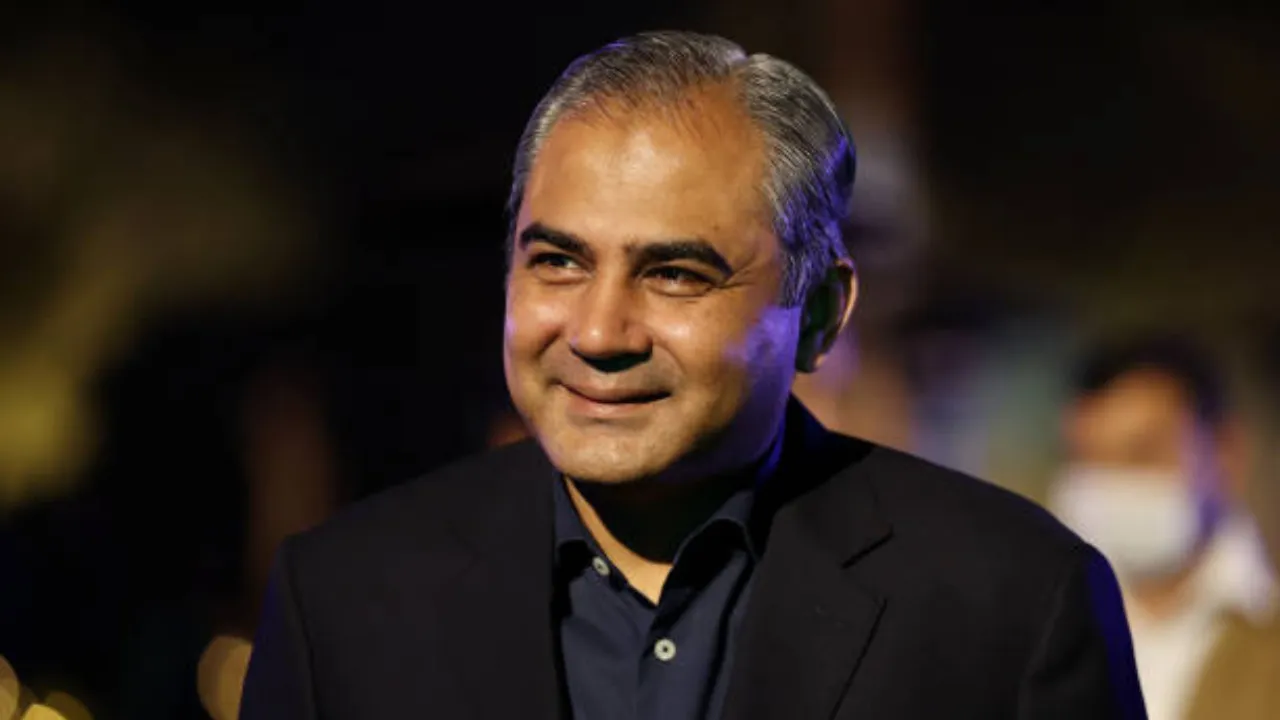

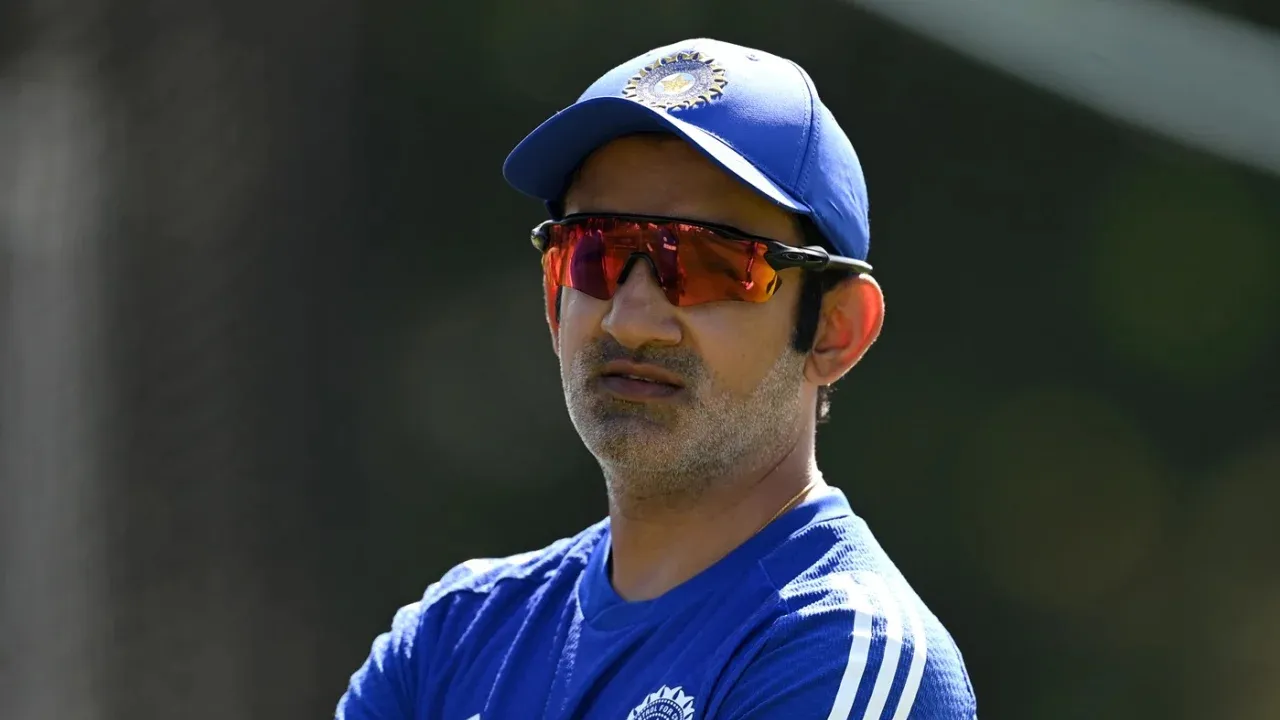
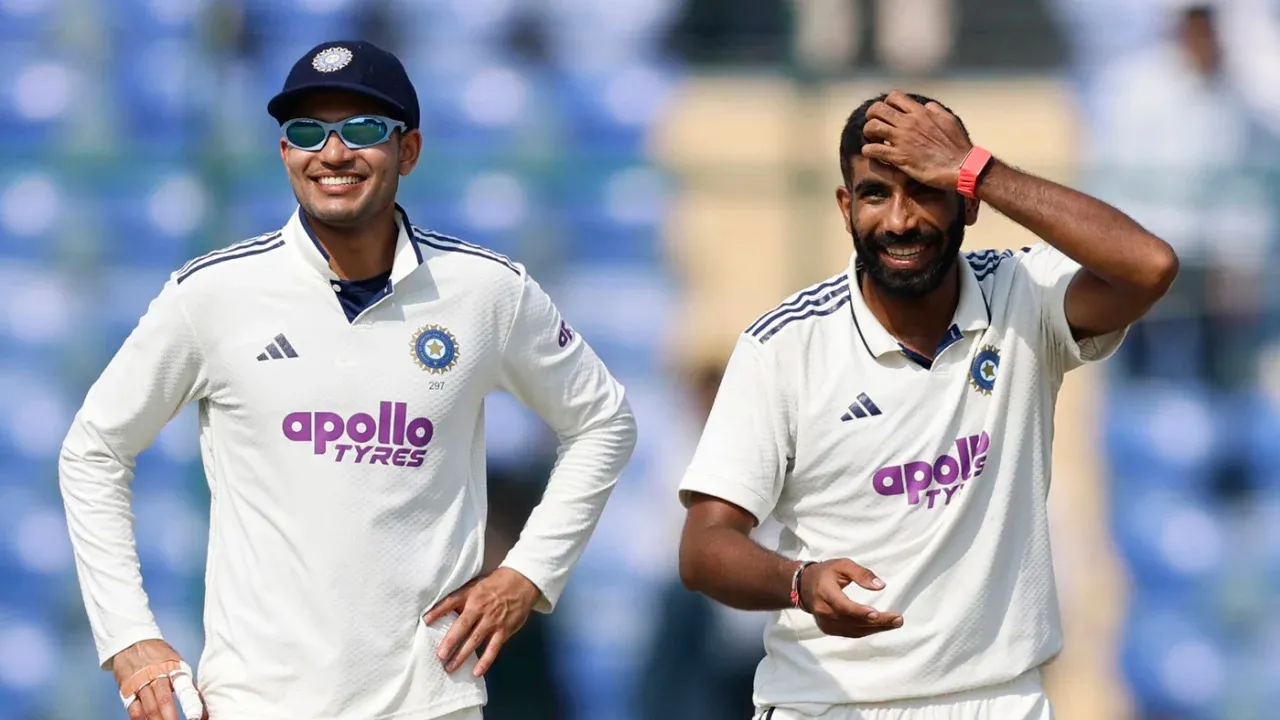
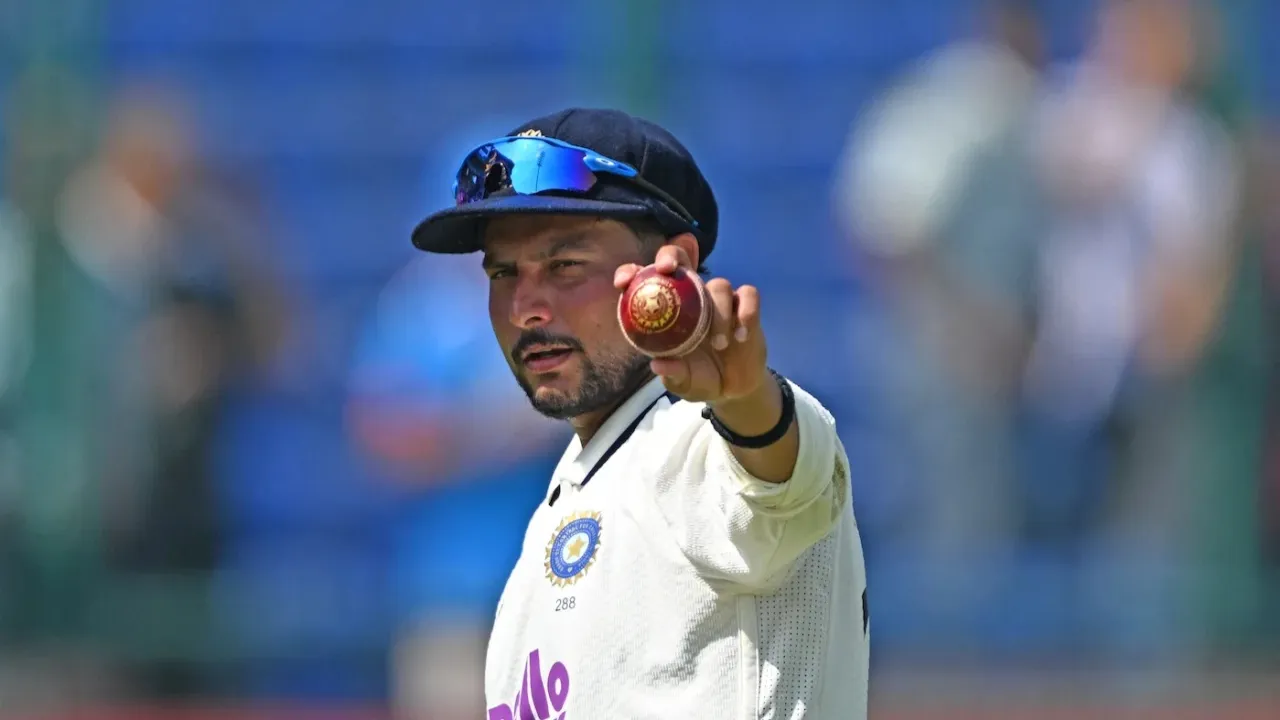


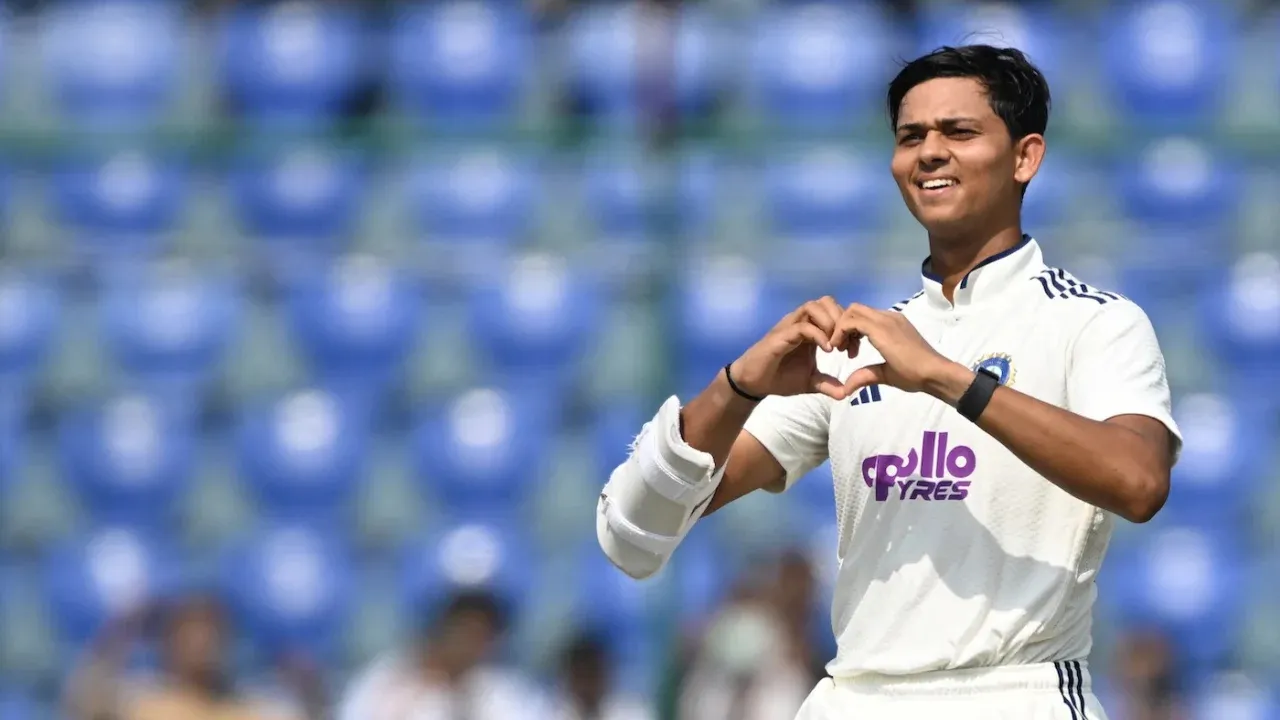

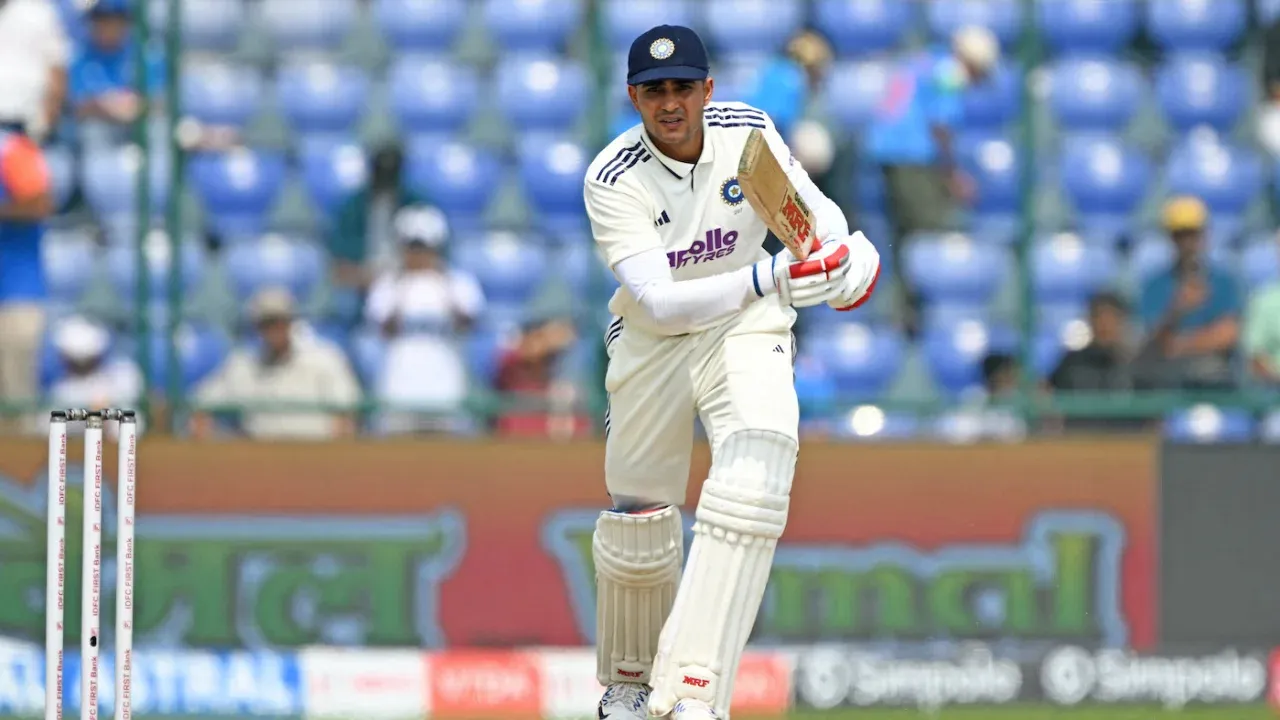
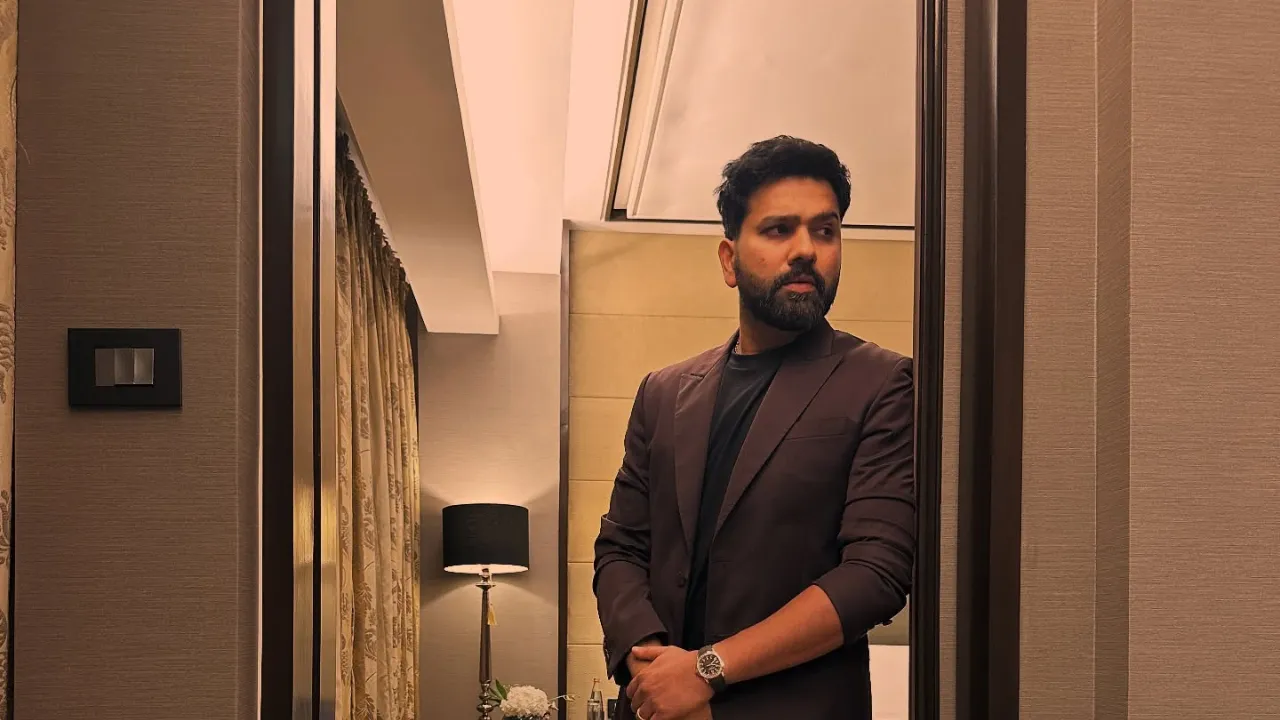
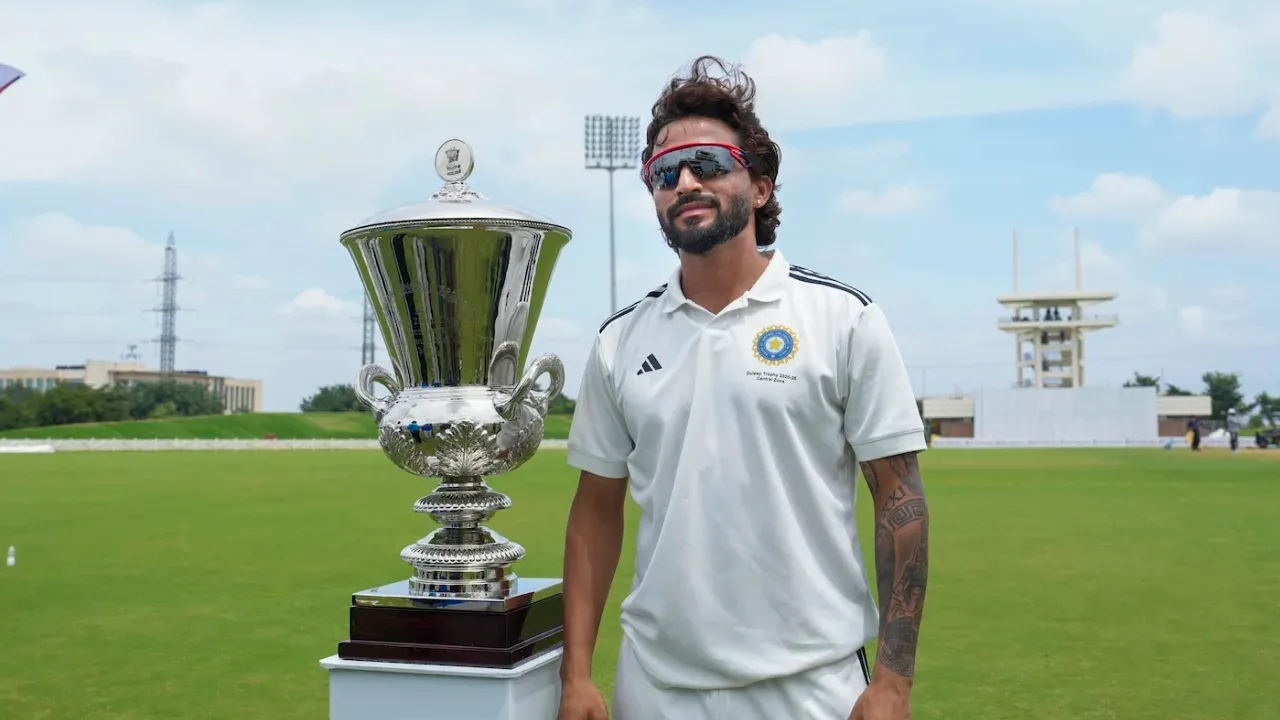
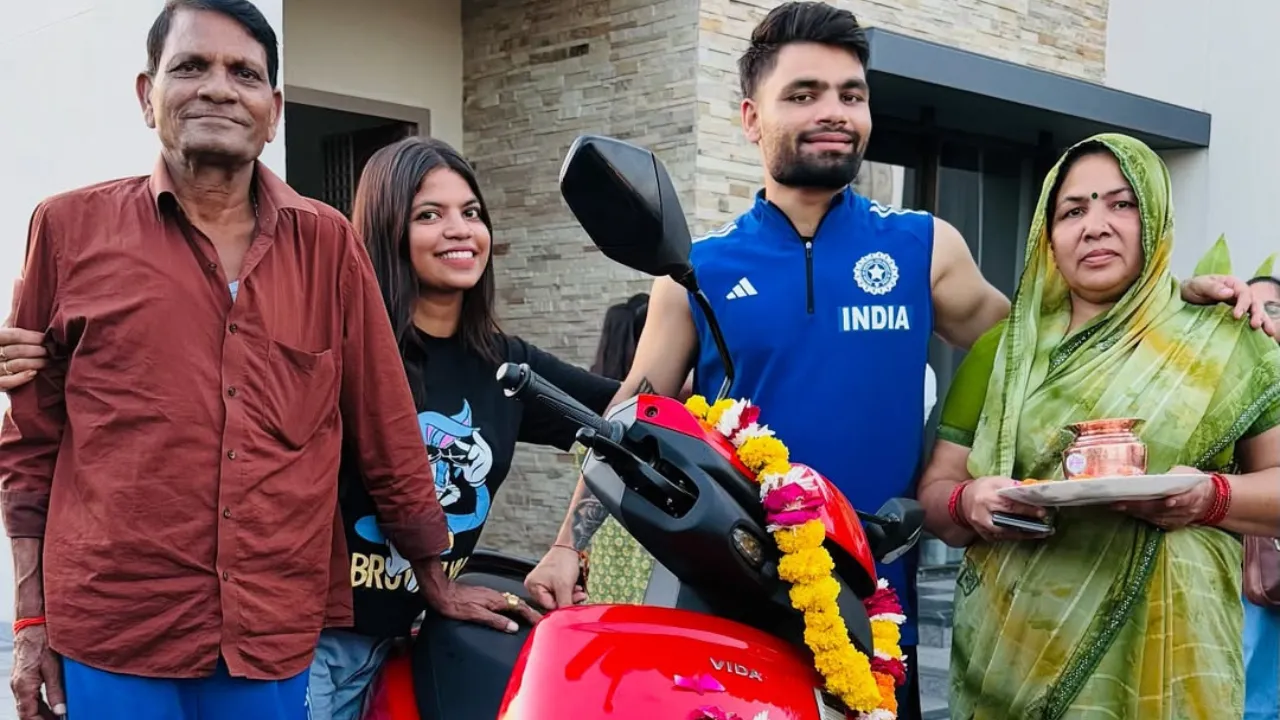
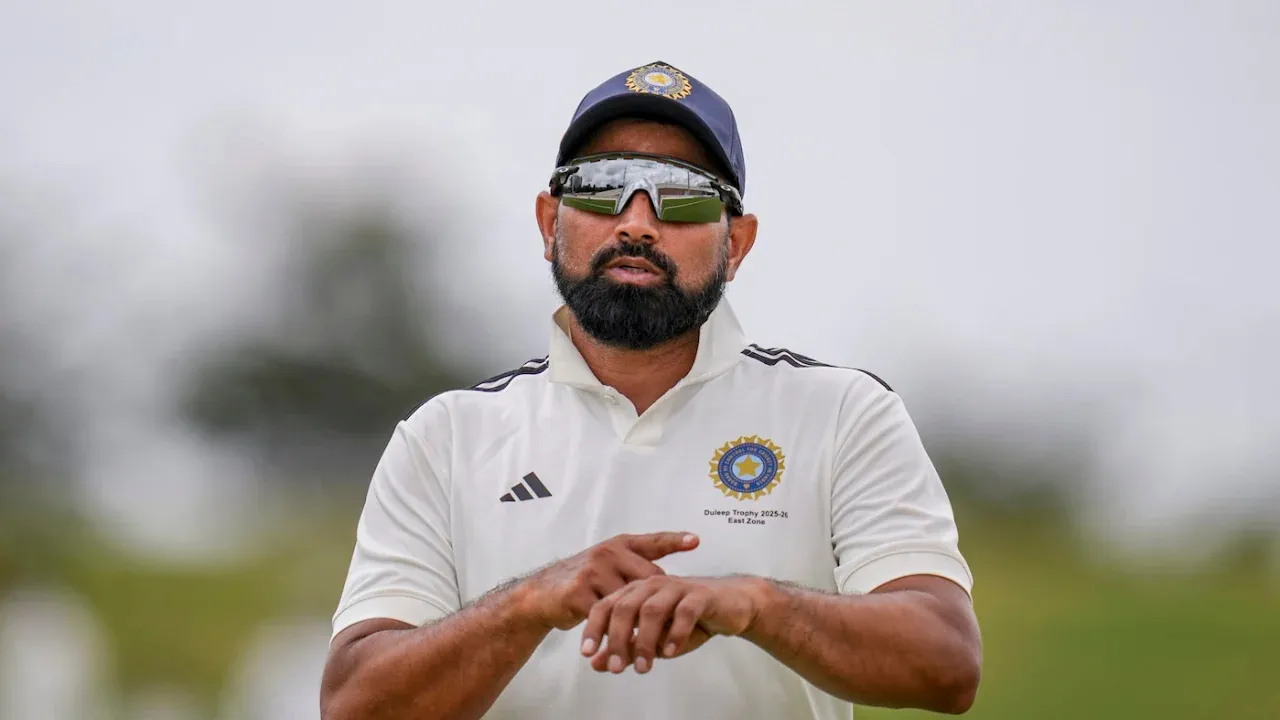
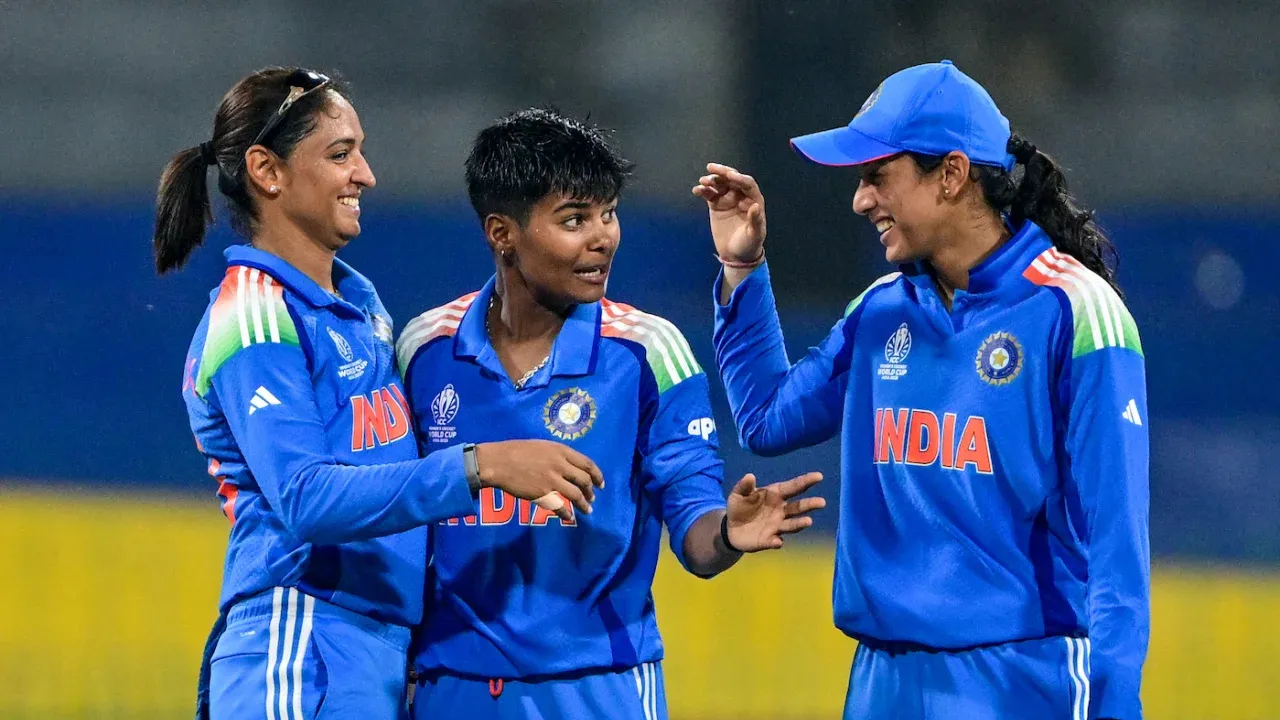
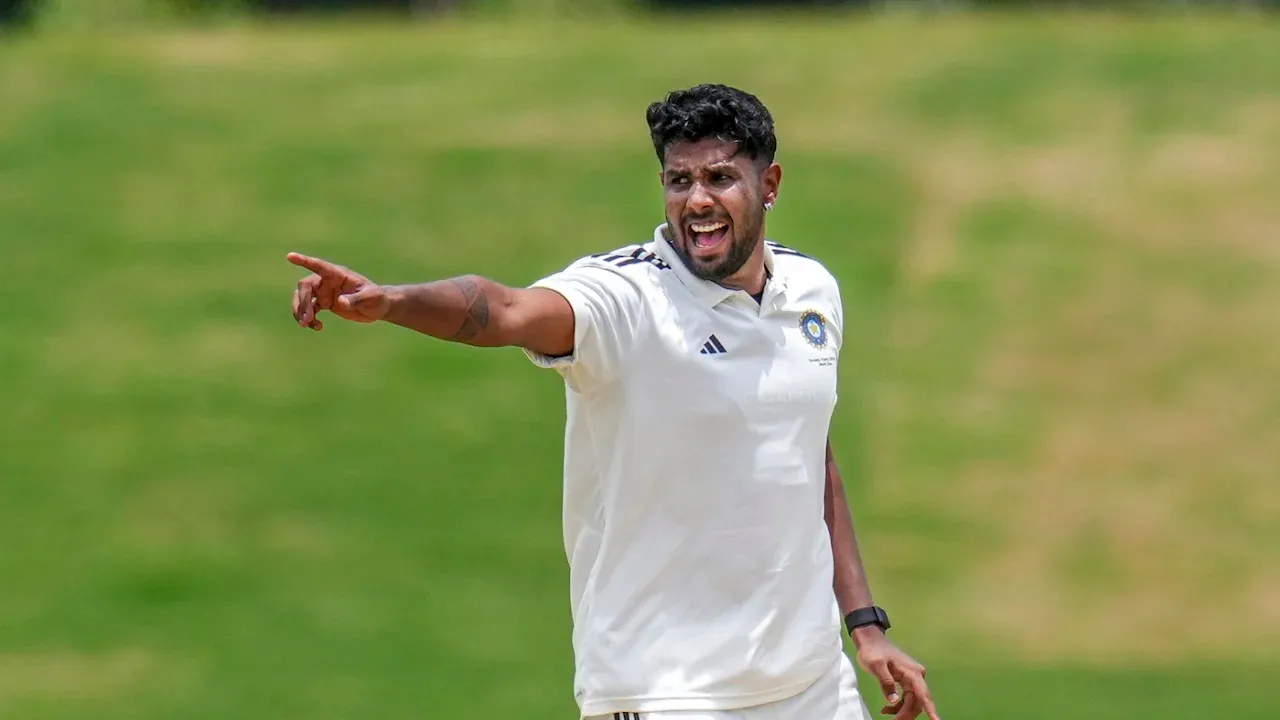
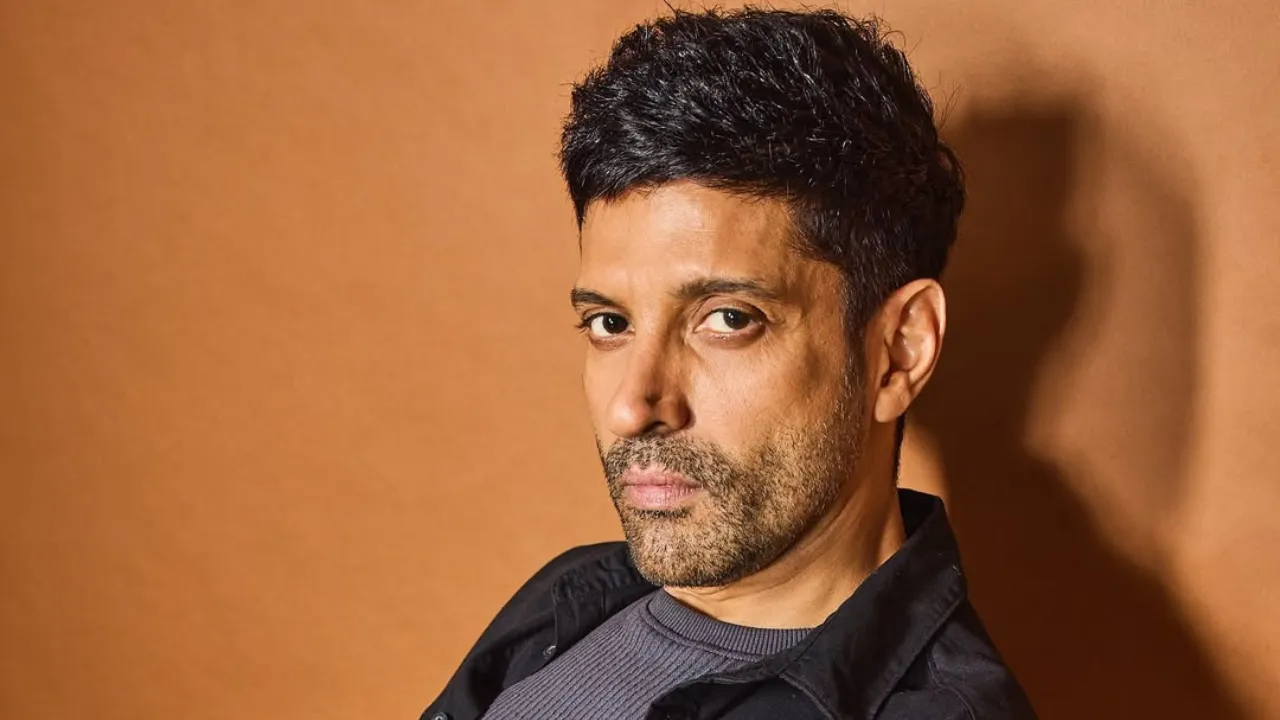



Ravi Shastri Breaks Silence on Family Travel Diktat!